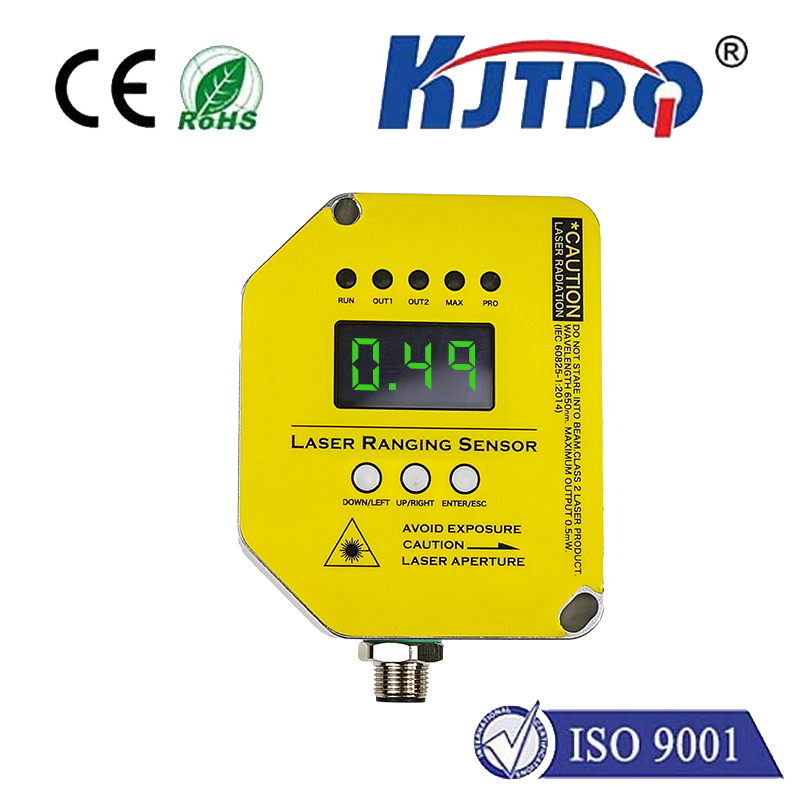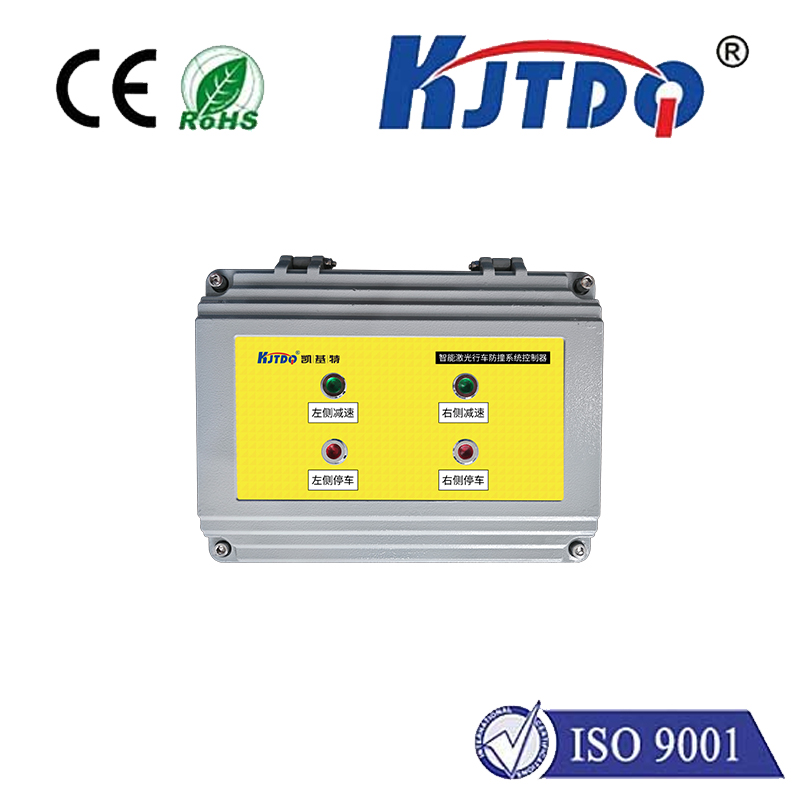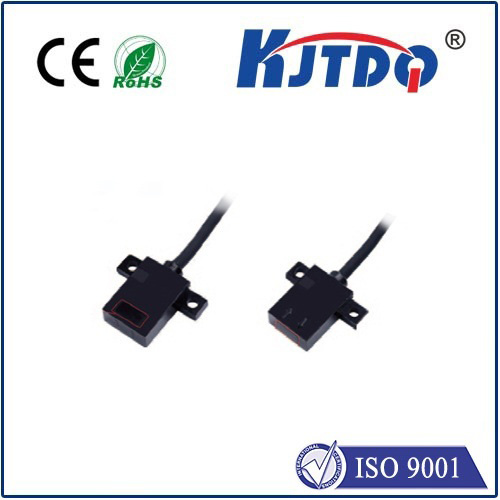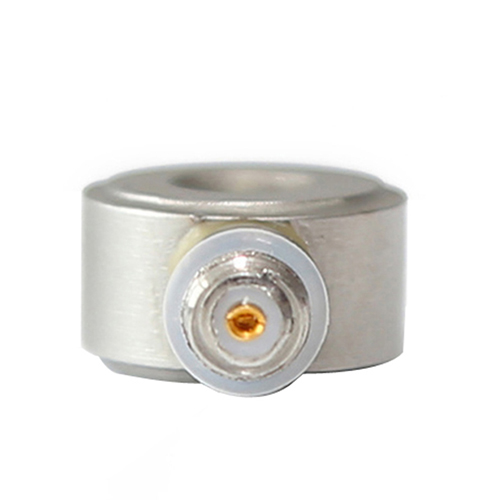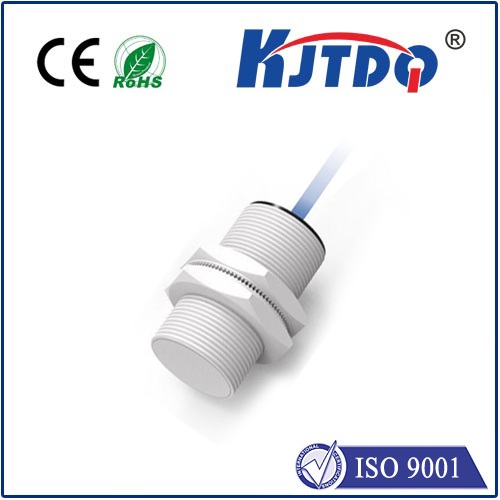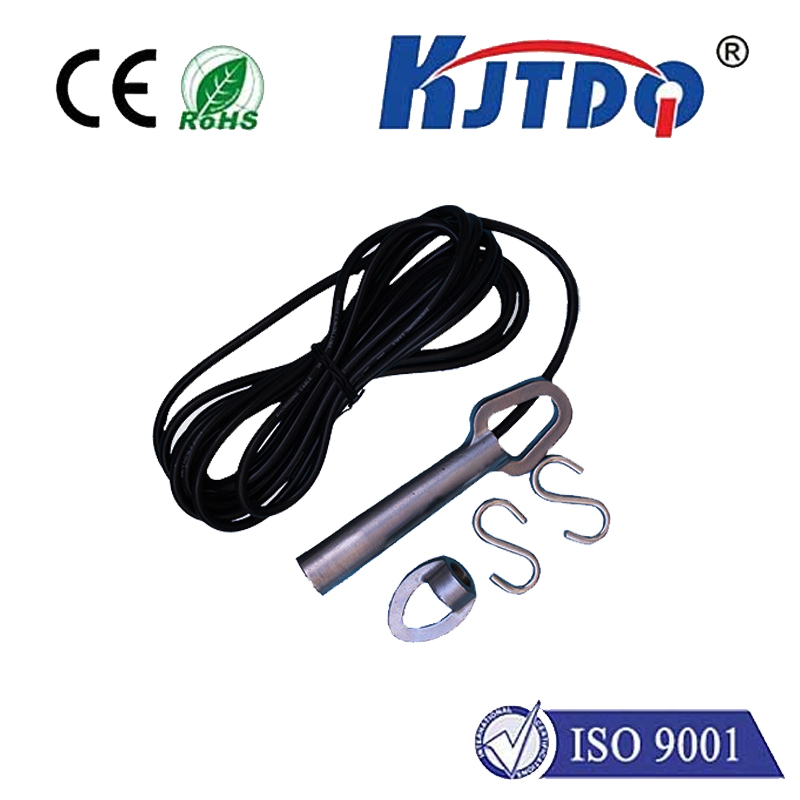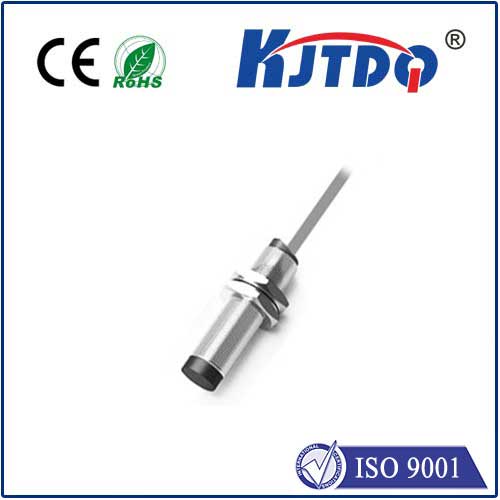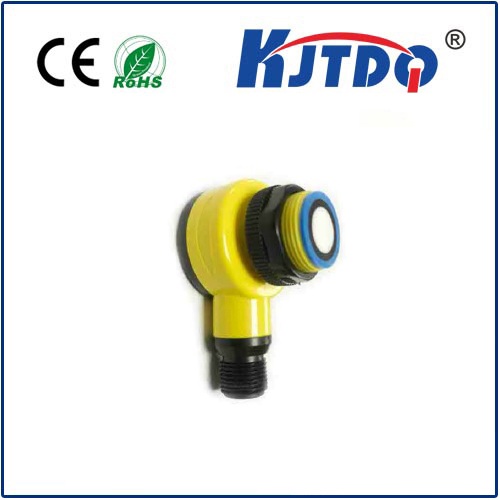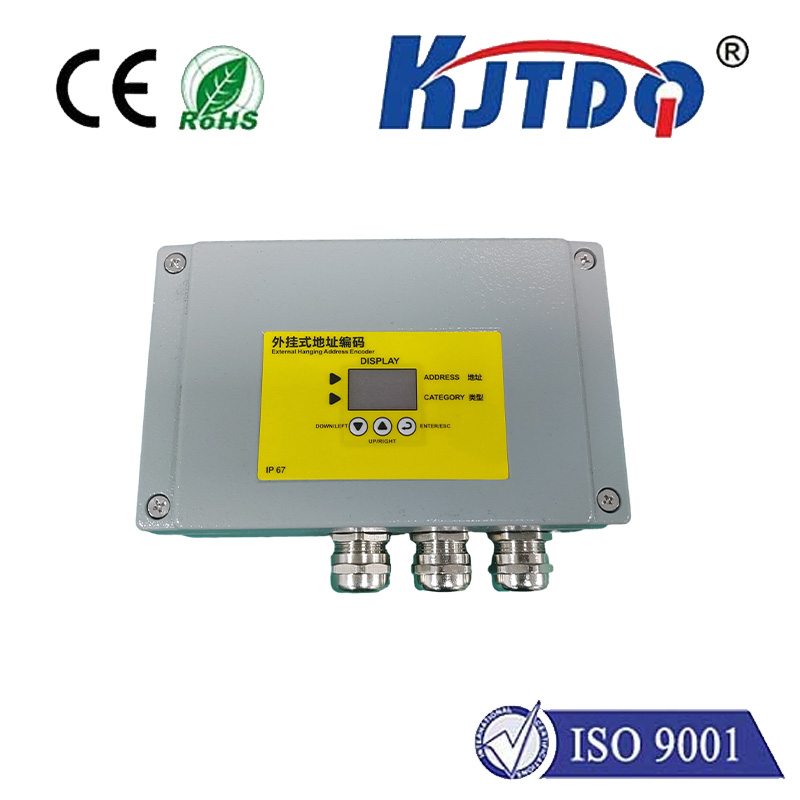

check

check

check

check

check

check

check

check

check

check
Title: Understanding the 3D Printer Limit Switch and Its Importance in Print Quality
The 3D printer is a remarkable invention that has revolutionized the way we create physical objects. One of the key components that contribute to its success is the limit switch, which plays a crucial role in ensuring accurate and efficient printing. In this article, we will explore what a 3D printer limit switch is, its function, and how it affects print quality.
First and foremost, let's delve into the meaning of a limit switch. A limit switch is a mechanical device that detects the position of an object or the movement of a machine. It works by interrupting the flow of electricity when an object reaches a specific point or changes direction. In the context of a 3D printer, the limit switch is typically located near the extruder, which controls the movement of filament through the nozzle and onto the build platform.
The primary function of a 3D printer limit switch is to prevent the extruder from moving beyond its specified range. This ensures that the filament does not cross the bounds of the build platform, leading to unpredictable results such as poor layer adhesion, inconsistent打印 quality, or even damage to the print bed. By monitoring the position of the extruder, the printer can accurately calculate when to stop feeding filament and start building up layers of plastic.
Now that we understand what a 3D printer limit switch is and its purpose, let's discuss how it impacts print quality. The accuracy and reliability of a 3D printer are directly related to the efficiency of its components like the extruder and limit switch. When the extruder moves smoothly within its range without any interruptions, it allows for better layer adhesion and smoother prints. On the other hand, if the extruder encounters obstacles or experiences unexpected movements due to malfunctioning limits switches, it can lead to jagged edges, uneven surfaces, or other defects in your final product.
Furthermore, improperly calibrated or worn-out limit switches can also cause problems with print quality. If the limit switch fails to detect when the extruder is fully inserted into the build platform or when it has reached its end position, it may continue to move even after you have stopped feeding plastic. This can result in incomplete layers or uneven prints. Similarly, if the limit switch becomes too sensitive or produces false triggers due to electrical noise or interference from other devices, it can disrupt the printing process and negatively impact your output.
In conclusion, understanding the significance of a 3D printer limit switch in maintaining consistent print quality is crucial for achieving high-quality prints. By keeping these components well-maintained and properly calibrated, you can ensure that your 3D printers operate at optimal levels and produce stunning results every time.
